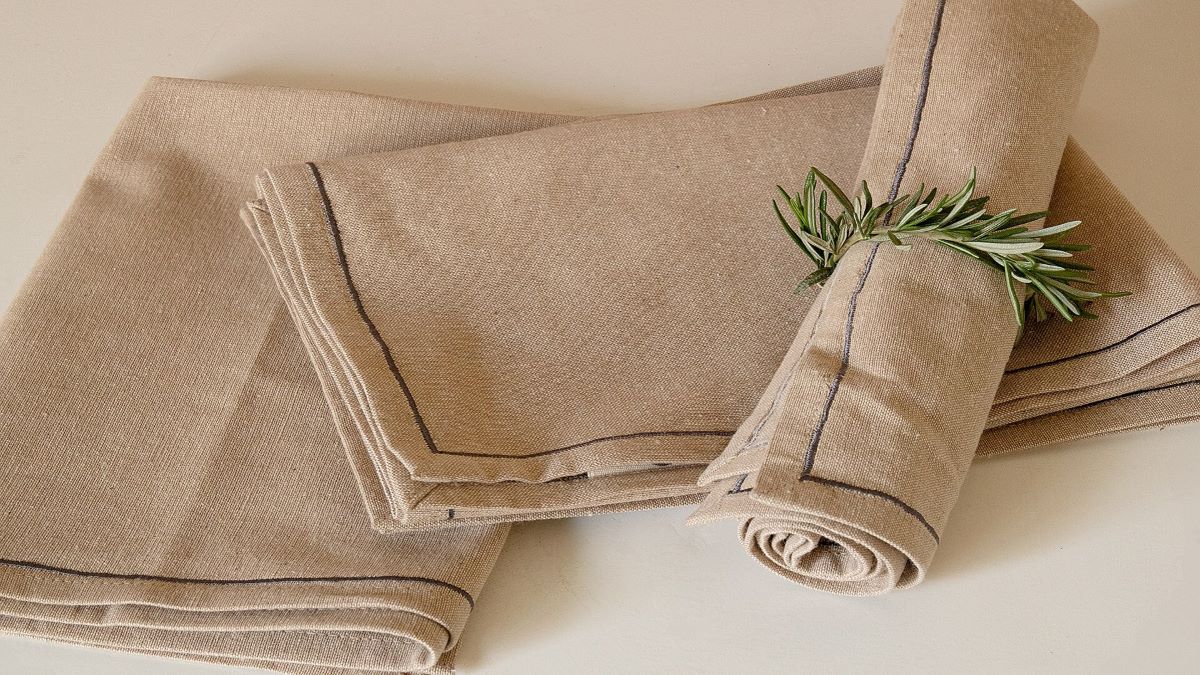

Articles
How To Store Table Linens
Modified: February 23, 2024
Learn how to properly store your table linens to keep them clean, organized, and wrinkle-free. Read our articles for helpful tips and tricks.
(Many of the links in this article redirect to a specific reviewed product. Your purchase of these products through affiliate links helps to generate commission for Storables.com, at no extra cost. Learn more)
Introduction
Welcome to our comprehensive guide on how to store table linens! Whether you’re a professional event planner or someone who enjoys hosting parties at home, proper storage of your table linens is essential to maintain their beauty and longevity. In this article, we’ll discuss the importance of choosing the right storage space, folding techniques, selecting appropriate materials for wrapping, organizing table linens by season, preventing damage and stains, and maintaining their freshness. By following these tips and tricks, you can ensure that your table linens remain in pristine condition and are ready for use whenever you need them.
Table linens, such as tablecloths, napkins, and runners, are often made from delicate fabrics and require special care. Improper storage can lead to creases, wrinkles, fading, and even permanent damage. Therefore, it’s crucial to invest time and effort into finding the best storage solutions to protect your valuable linens. Let’s dive in and explore the various aspects of proper table linen storage!
Key Takeaways:
- Properly storing and maintaining table linens is crucial for preserving their beauty and longevity. From choosing the right storage space to preventing damage and stains, these tips ensure your linens remain in pristine condition for years to come.
- Organizing table linens by season and utilizing proper folding techniques and materials for wrapping are essential for preserving their quality. By following these tips, you can ensure that your linens are always ready to impress and elevate any dining experience.
Read more: How To Store Mattresses
Choosing the Right Storage Space
When it comes to storing your table linens, the first step is to find the right storage space. This will help protect your linens from dust, sunlight, moisture, and other potential sources of damage. Here are a few tips to consider:
- Find a cool, dry location: Moisture and humidity can cause mildew and mold growth on your linens. Choose a storage area that is well-ventilated and has a consistent temperature.
- Avoid direct sunlight: Prolonged exposure to sunlight can fade the colors of your linens. Look for a storage space that is away from windows or use curtains or blinds to block the direct sunlight.
- Consider using a storage box or cabinet: Using a dedicated storage container can help keep your linens organized and protected. Look for containers made of breathable materials, such as cotton or linen, to prevent moisture build-up.
- Keep linens away from strong odors: Avoid storing your linens near items that have strong odors, such as cleaning products or mothballs. Linens can absorb these odors, which can be difficult to remove.
- Keep linens off the floor: If possible, avoid storing your linens directly on the floor. This can prevent damage from spills or pests. Use shelves, hooks, or racks to keep them off the ground.
By following these guidelines, you can ensure that your table linens are stored in an optimal environment, minimizing the risk of damage and preserving their quality for years to come.
Folding Techniques for Table Linens
Proper folding techniques are crucial when it comes to storing table linens. By folding them correctly, you can minimize wrinkles, creases, and unnecessary stress on the fabric. Here are some folding techniques to consider:
- Tablecloth fold: Lay the tablecloth flat on a clean surface, and fold it in half lengthwise. Then, fold it in half again widthwise. Smooth out any wrinkles as you fold. This method is ideal for smaller tablecloths that can be easily stored.
- Napkin fold: Start by folding the napkin in half diagonally to create a triangle shape. Then, take one corner of the triangle and fold it towards the center. Repeat with the other corner. Finally, fold the bottom point up towards the top to create a rectangle shape.
- Runner roll: Lay the runner flat on a clean surface and fold one end towards the center. Then, fold the other end towards the center, overlapping the first fold. Roll the runner tightly from one side to the other. This method is great for storing table runners and helps prevent wrinkling.
- Stacking: For bulkier linens, such as tablecloths or larger napkins, stacking may be a more suitable method. Fold each linen individually using the appropriate technique and then stack them neatly on top of each other. Be sure to place tissue paper or fabric between each folded linen to prevent friction and potential damage.
Remember, it’s important to handle your linens with care when folding them. Avoid using excessive force or tugging on the fabric, as this can lead to tears or weakening of the fibers. Take your time to fold each linen neatly and securely, ensuring that they are ready for storage.
By utilizing these folding techniques, you can maximize space in your storage area and keep your linens looking crisp and tidy. Be sure to label each folded linen or use color-coded tags to easily find and retrieve them when needed.
Choosing the Right Materials for Wrapping
When storing your table linens, it’s essential to choose the right materials for wrapping them. The purpose of wrapping is to provide an extra layer of protection against dust, moisture, and potential damage. Here are some options to consider:
- Cotton or linen bags: Cotton or linen bags are breathable and provide a protective barrier against dust and dirt. These bags allow air to circulate, preventing moisture build-up and mold growth. They are ideal for storing tablecloths, napkins, and delicate linens.
- Acid-free tissue paper: Acid-free tissue paper is gentle on fabrics and prevents color transfer. It can be used to wrap individual linens, especially delicate and embroidered ones. The tissue paper helps reduce wrinkles and keeps the linens in place during storage.
- Plastic storage bins with lids: Plastic bins are a great option for larger linens or when storing linens for extended periods. Opt for bins made of durable and moisture-resistant plastic. Make sure the lids fit tightly to keep out dust and pests.
- Vacuum-seal bags: Vacuum-seal bags are excellent for saving space and protecting linens from dust and moisture. These bags remove the air and create a vacuum seal, minimizing the size of the linens. However, be cautious when using vacuum-seal bags on delicate or embroidered linens, as the compression may cause damage.
When using any of these materials, ensure that the linens are clean and completely dry before wrapping them. Any lingering moisture can lead to mold and mildew growth. Additionally, avoid using plastic bags or covers made of PVC (Polyvinyl Chloride) as they can trap moisture and cause damage to the linens.
Remember to label each wrapped linen or use clear storage bins to easily identify the contents without having to unwrap each item. This will save you time and effort when searching for specific linens.
By selecting the appropriate materials for wrapping, you can provide an extra layer of protection to your table linens and keep them in pristine condition for years to come.
Storing Table Linens by Season
Organizing your table linens by season can help you stay organized and ensure that you have the right linens for each occasion. Here are some tips on how to store table linens by season:
- Spring/Summer: During the warmer months, you may be using lighter and more vibrant table linens. Before storing them, make sure they are clean and completely dry. Consider folding them and placing them in a breathable cotton or linen bag. This will help protect them from dust while allowing air circulation.
- Fall/Winter: As the seasons change and the weather gets cooler, you may opt for thicker and warmer linens. Before storing them, make sure they are clean and completely dry. Consider folding them and placing them in a plastic storage bin with a tightly fitting lid to protect them from moisture and pests.
- Holiday/Special Occasions: Linens used for holiday or special occasions, such as Thanksgiving or Christmas, may have specific patterns or designs. These linens may be used only during certain times of the year. To store them, make sure they are clean and completely dry. Consider wrapping them in acid-free tissue paper and placing them in a sturdy box or storage container. Label the box with the occasion or holiday for easy identification in the future.
When storing linens for an extended period, it’s a good idea to periodically check on them to ensure they remain in good condition. This includes checking for any signs of damage or pests. If necessary, consider using natural moth repellents or cedar blocks to protect your linens from moths and other insects.
Remember to store linens in a cool, dry place away from direct sunlight. Avoid storing them in basements or attics, as the temperature and humidity levels can fluctuate and potentially damage the linens.
By organizing and storing your table linens by season, you can efficiently manage your collection and ensure that you have the right linens for every occasion.
Store table linens in a cool, dry place away from direct sunlight to prevent discoloration and damage. Avoid storing linens in plastic bags, as this can trap moisture and lead to mildew. Instead, use breathable fabric or acid-free paper to protect them.
Read more: How To Store A Bed
Preventing Damage and Stains
Preventing damage and stains is crucial to maintaining the quality and longevity of your table linens. By taking proactive measures, you can protect them from common sources of damage. Here are some tips to consider:
- Clean stains promptly: Accidents happen, and when spills occur on your linens, it’s important to act quickly. Blot the stain gently with a clean cloth or paper towel to remove as much of the liquid as possible. Avoid rubbing, as it may push the stain deeper into the fabric. Treat the stained area with a mild detergent or stain remover as soon as possible. Always follow the care instructions on your linens.
- Protect from food and beverage stains: To prevent food and beverage stains, consider using tablecloth clips or weights to keep the linens secured and in place during meals. You can also use placemats, table runners, or napkins to protect the tablecloth from direct contact with spills and stains.
- Avoid contact with harsh chemicals: Keep linens away from substances that contain harsh chemicals, such as bleach, strong cleaning agents, or hair products. These chemicals can cause discoloration or damage to the fabric.
- Store linens in a clean, dry place: Ensure that your storage space is clean and free from any debris or substances that could stain or damage your linens. Regularly dust and clean the storage area to minimize the risk of dust or dirt transferring onto your linens.
- Rotate linens: To prevent creasing and fading, regularly rotate your linens. This helps distribute any potential wear and tear more evenly among your collection.
It’s also advisable to have a dedicated spot for dirty linens at your gatherings. This ensures that soiled linens don’t get mixed up with the clean ones, reducing the risk of stains and damage.
Lastly, be mindful of the type of tableware and decorations you use with your linens. Sharp objects or metal accents can snag or tear the fabric. Use caution and choose tableware that is gentle on your linens.
By implementing these preventative measures, you can minimize the risk of damage and stains on your table linens and keep them looking beautiful for years to come.
Tips for Organizing Table Linens
Organizing your table linens not only helps keep them in excellent condition but also makes it easier to find and access the linens you need for various occasions. Here are some tips to help you effectively organize your table linens:
- Sort by type: Start by sorting your table linens by type, such as tablecloths, napkins, and runners. This categorization will make it easier for you to locate specific items when needed.
- Consider color-coding: If you have a large collection of linens, consider color-coding them. For example, assign a specific color for each season or occasion. Not only does this make it visually appealing, but it also helps you quickly identify the linens you need for a particular event.
- Label containers or shelves: Use labels on storage containers or shelves to identify the contents within. Clearly label each container according to the type of linens or occasion it represents. This saves you time and effort when searching for specific linens.
- Use dividers or compartments: To keep linens organized within storage containers, consider using dividers or compartments. Dividers help prevent linens from becoming creased or tangled. You can use cardboard dividers or invest in storage containers with built-in dividers or compartments.
- Utilize hanging storage: For delicate linens or linens that are prone to wrinkling, consider using hanging storage options. Hang tablecloths, runners, and delicate linens on padded hangers or specialty hangers designed for linens. This helps maintain their shape and minimizes the need for folding.
- Maximize shelf space: If you have limited storage space, make the most of vertical space by using adjustable shelves or risers. This allows you to stack linens neatly and efficiently while still making them easily accessible.
- Keep a separate space for special occasions: Reserve a separate area for linens that are dedicated to special occasions or holidays. This ensures that they remain in pristine condition and are ready for use when those special occasions arise.
Regularly review and declutter your collection by removing linens that are no longer used or in poor condition. Donating or repurposing them ensures that your storage space is optimized and free from unnecessary clutter.
By following these organizational tips, you can create a system that allows for efficient storage and easy access to your table linens, making every occasion a breeze to prepare for.
Maintaining the Freshness of Linens
To keep your table linens fresh and ready for use, it’s important to take proper care of them. Here are some tips to help maintain the freshness of your linens:
- Wash linens regularly: Regularly launder your linens following the care instructions on the label. Promptly remove any stains or spills before washing, and use a mild detergent suitable for the fabric type. Avoid using bleach unless specified as safe for the linens.
- Avoid overloading the washing machine: Overloading the washing machine can prevent your linens from getting thoroughly cleaned. Give them enough space to move around during the wash cycle. If necessary, divide your linens into smaller loads.
- Prevent yellowing: To prevent yellowing, avoid storing linens in plastic bags or containers. Allow them to breathe and air out. If you notice any yellowing or discoloration, consider using a linen whitening product or consulting a professional cleaner.
- Iron or steam: To remove wrinkles and keep your linens looking crisp, iron them while slightly damp or use a handheld steamer. Follow the instructions for the appropriate heat settings for the fabric type. Alternatively, hang linens in the bathroom while taking a hot shower to let the steam naturally release wrinkles.
- Store clean, dry linens: Before storing linens, ensure they are completely dry. Any moisture left in the fabric can lead to mildew or mold growth. Moisture can also attract pests, which can cause damage to your linens.
- Use natural fresheners: Place natural fresheners, such as lavender sachets, cedar chips, or dried orange peels, in your linen storage area. These can help keep your linens smelling fresh while repelling moths and other insects.
- Avoid strong scents and chemicals: Keep linens away from strong-scented products, as these can leave lingering odors. Similarly, avoid using harsh chemicals or fabric softeners that can damage the fabric or leave residue.
Remember to periodically check stored linens for any signs of pests or damage. Should you find any issues, take prompt action to prevent further damage or infestation.
By following these tips and incorporating them into your linen care routine, you can ensure that your linens remain fresh, clean, and ready to impress for your next dining experience or special occasion.
Conclusion
Properly storing and maintaining your table linens not only preserves their beauty but also ensures their longevity for years to come. By following the tips outlined in this comprehensive guide, you can keep your linens in excellent condition, ready to effortlessly dress up any table for any occasion.
Choosing the right storage space, folding techniques, and materials for wrapping are essential steps in protecting your linens from dust, moisture, and damage. Storing linens by season and taking precautions to prevent stains and damage further enhance their preservation.
Organizing linens by type, color-coding, and utilizing dividers or hanging storage maximize accessibility and ease of use. Regularly cleaning your linens, removing stains promptly, and ironing or steaming them keep them fresh and wrinkle-free.
Finally, maintaining the freshness of your linens involves storing them in clean, dry spaces, using natural fresheners, and avoiding scents and chemicals that can tarnish or damage the fabric.
By implementing these practices, your table linens will not only impress your guests but also stand the test of time. So whether you’re hosting an intimate dinner party, a festive holiday gathering, or a lavish event, your table linens will always make a statement of elegance and sophistication.
Take the time and care to invest in proper storage and maintenance, and you’ll be rewarded with linens that continue to enhance your dining experiences for many years, ensuring that every meal is accompanied by a touch of grace and style.
Frequently Asked Questions about How To Store Table Linens
Was this page helpful?
At Storables.com, we guarantee accurate and reliable information. Our content, validated by Expert Board Contributors, is crafted following stringent Editorial Policies. We're committed to providing you with well-researched, expert-backed insights for all your informational needs.
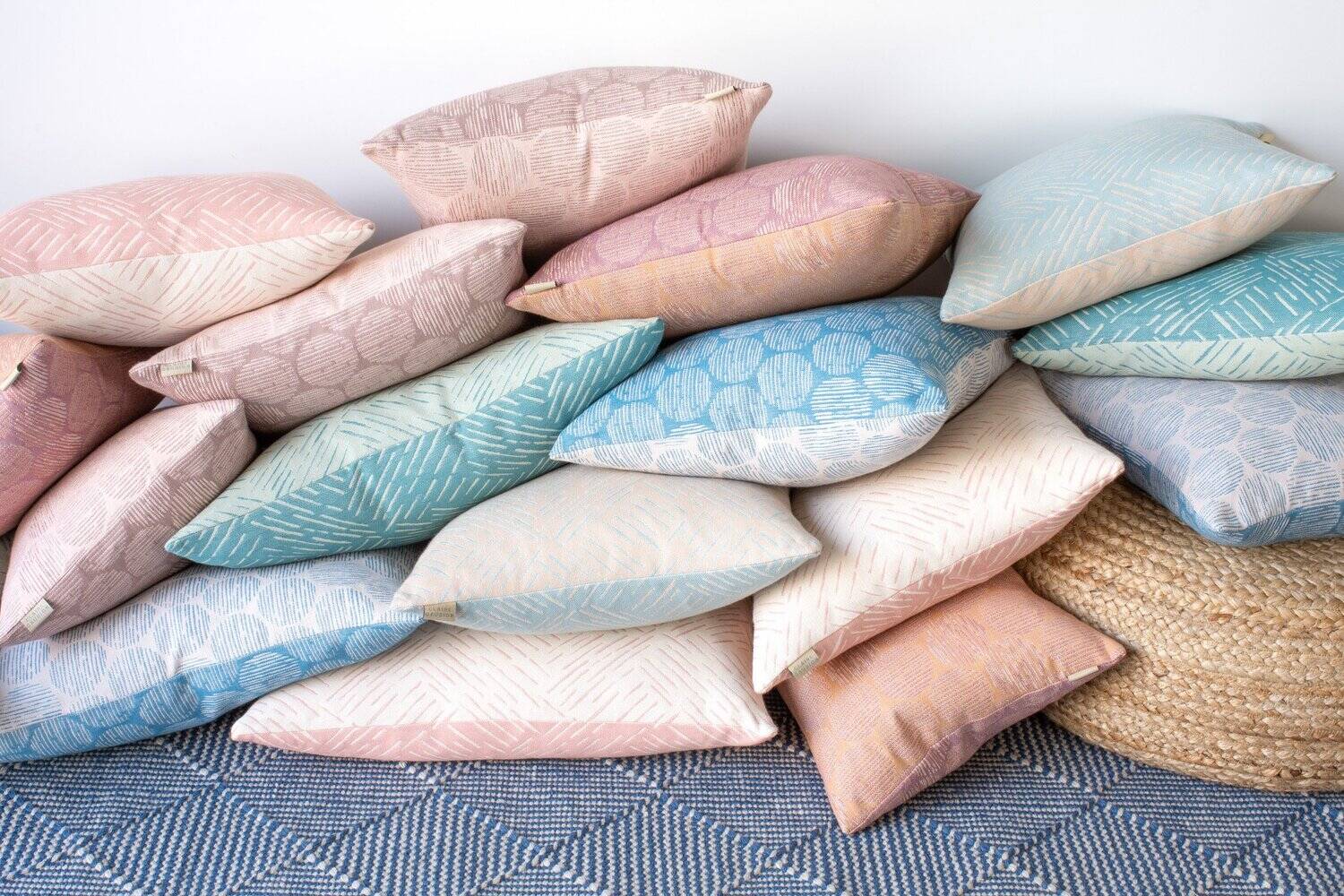
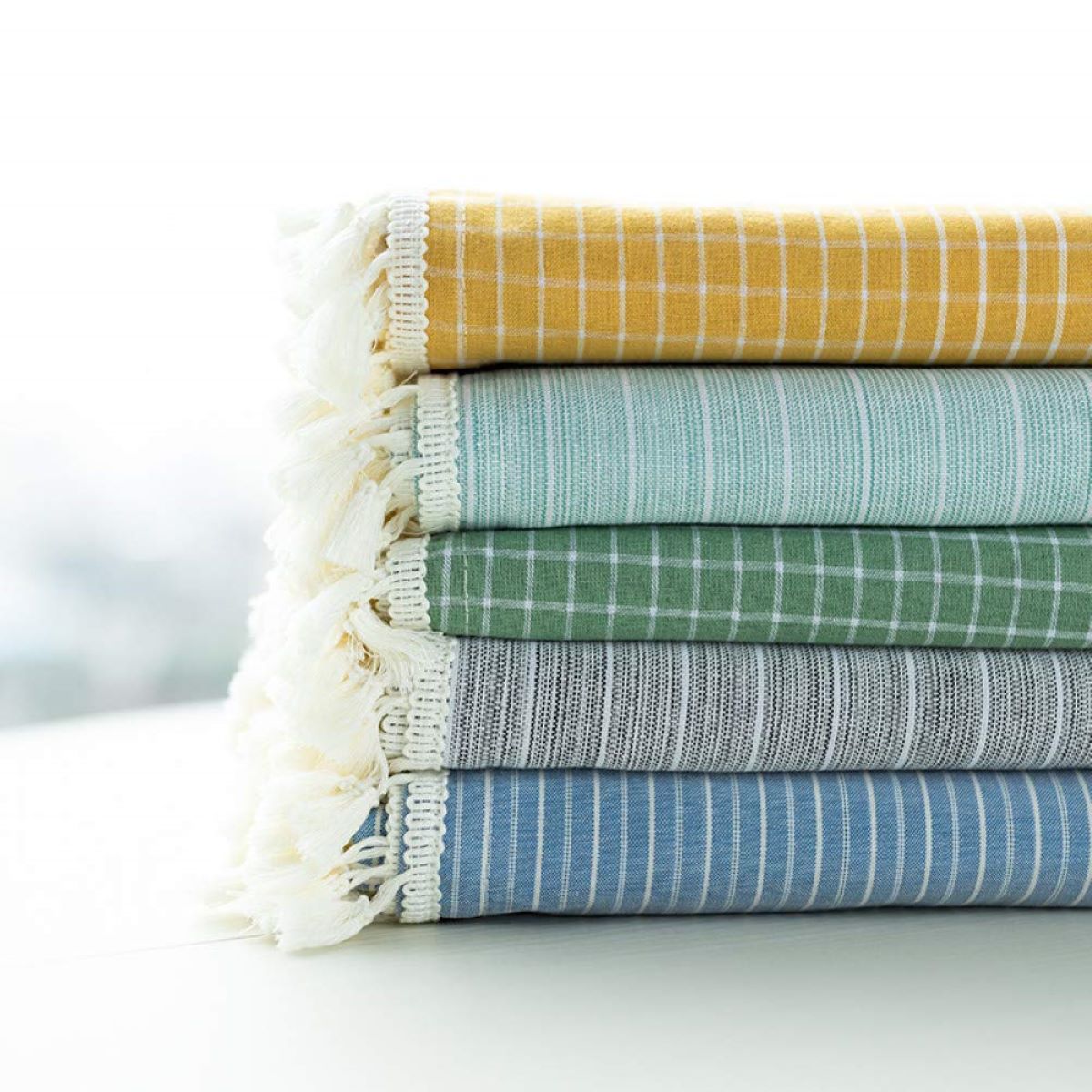
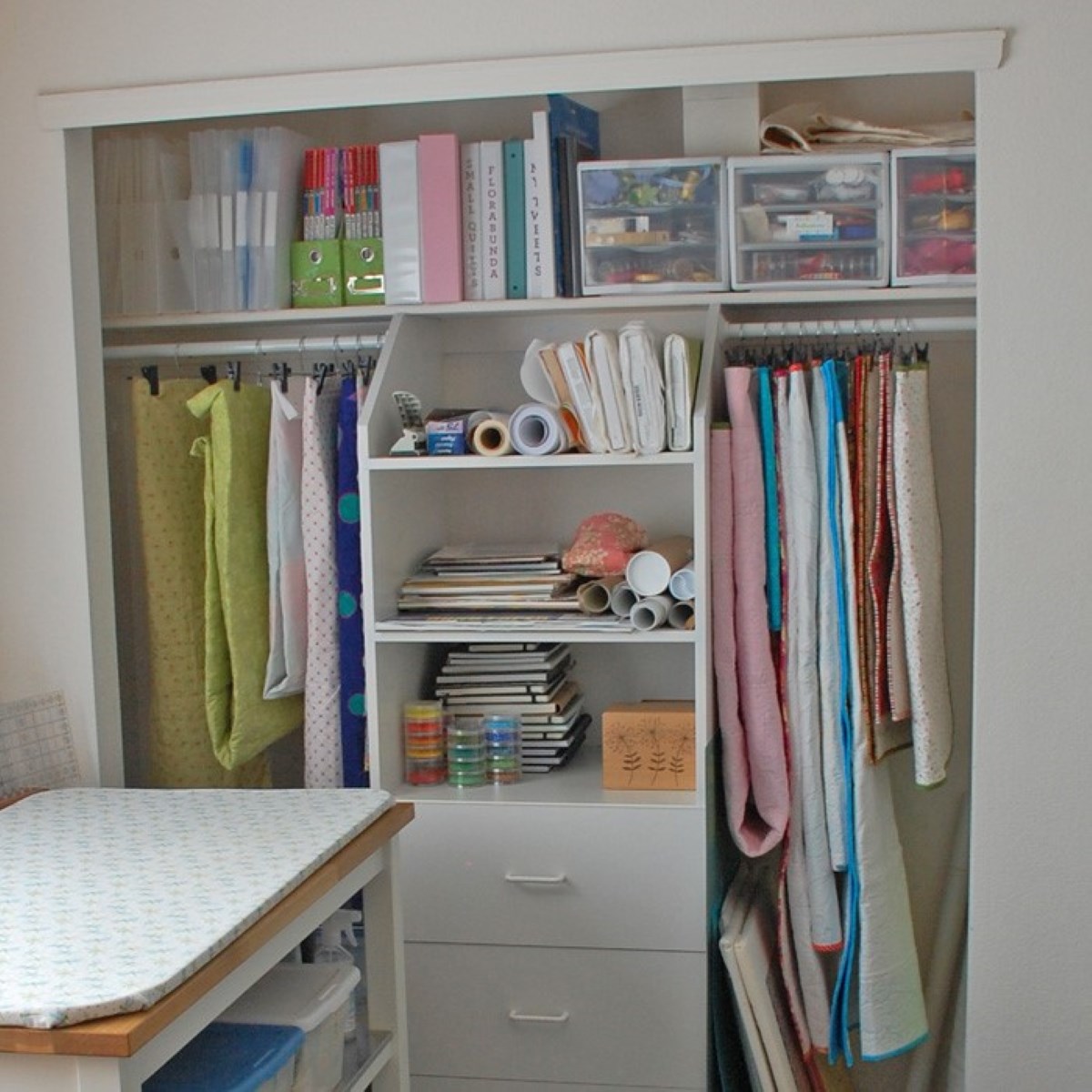
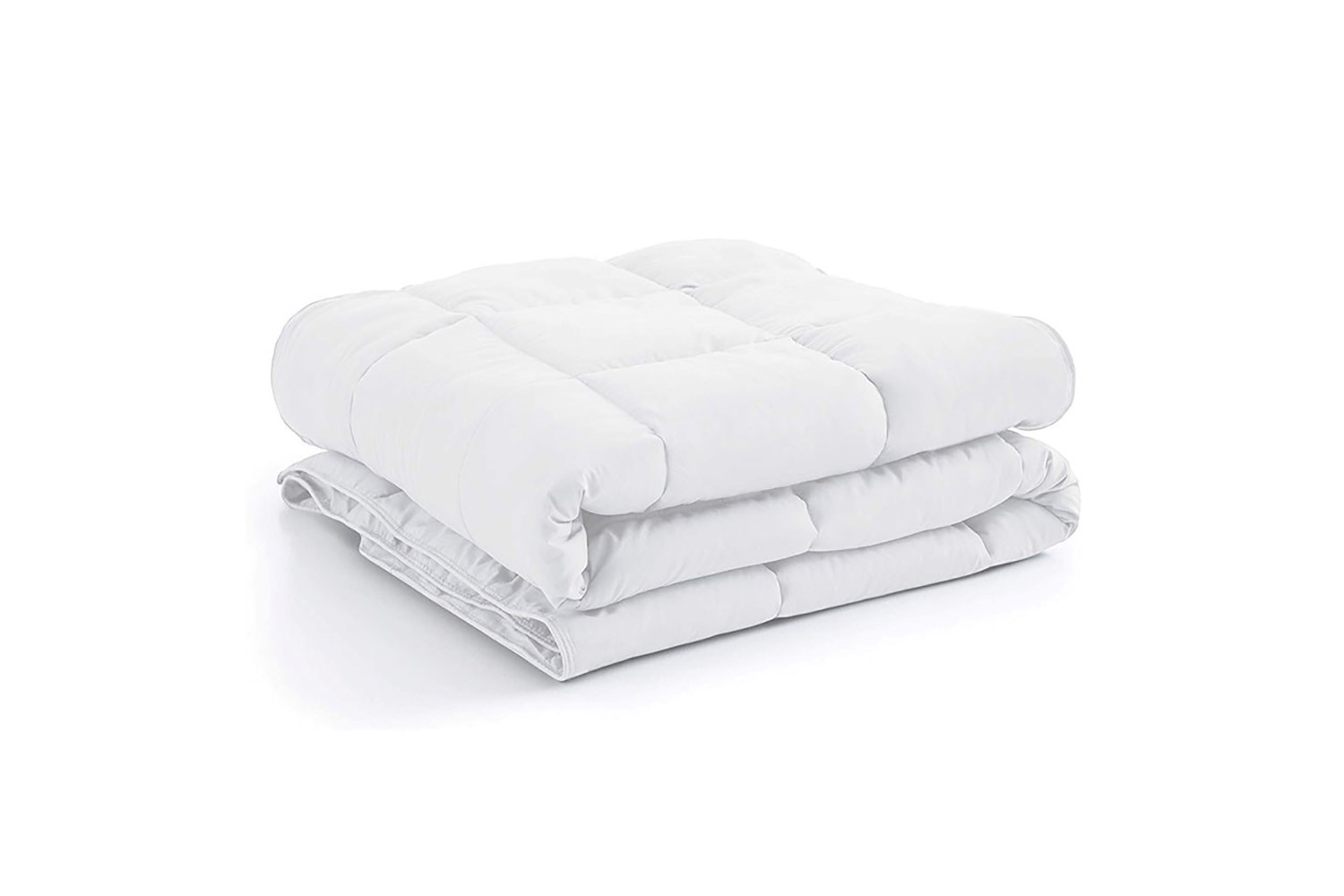
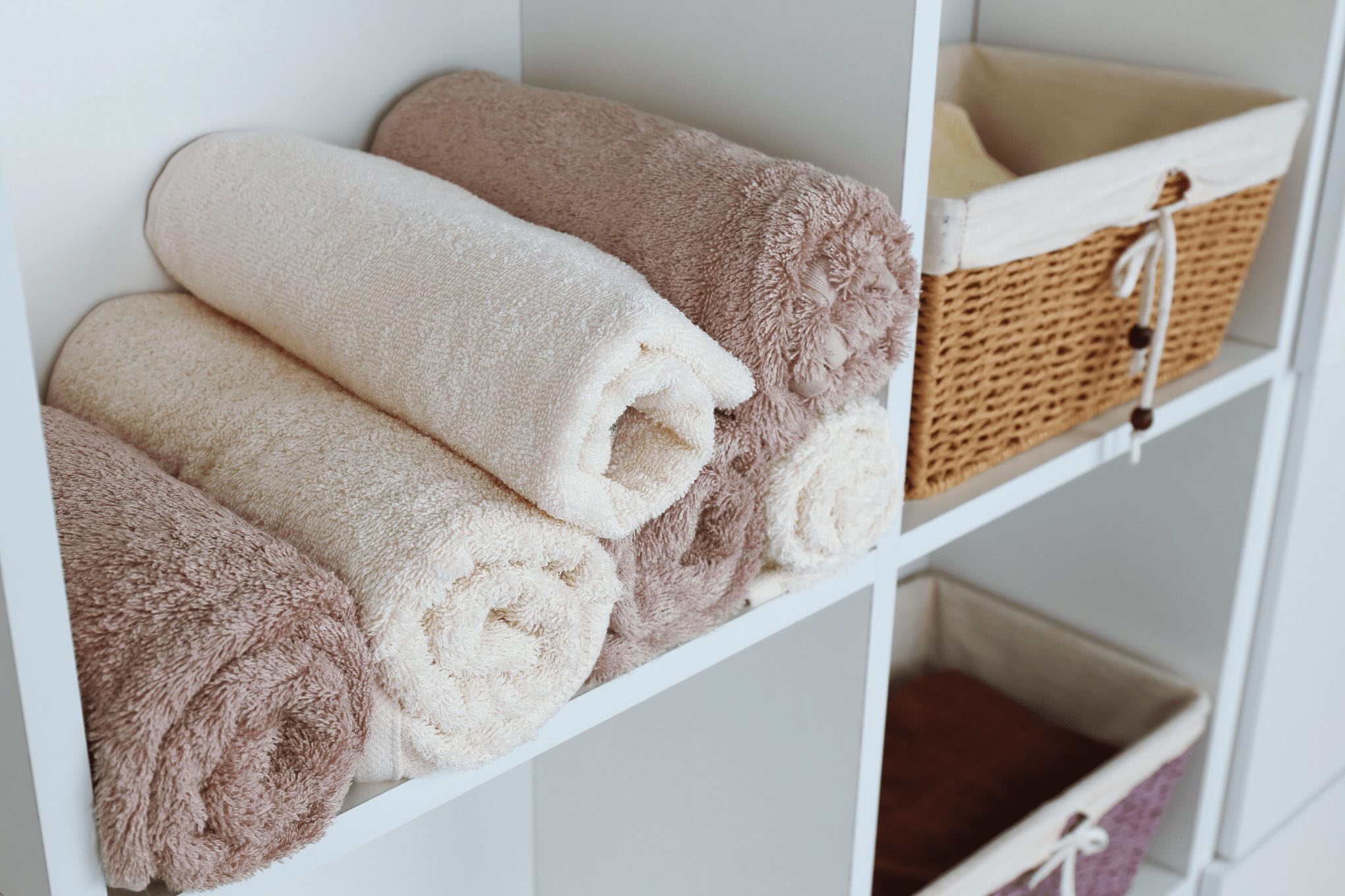

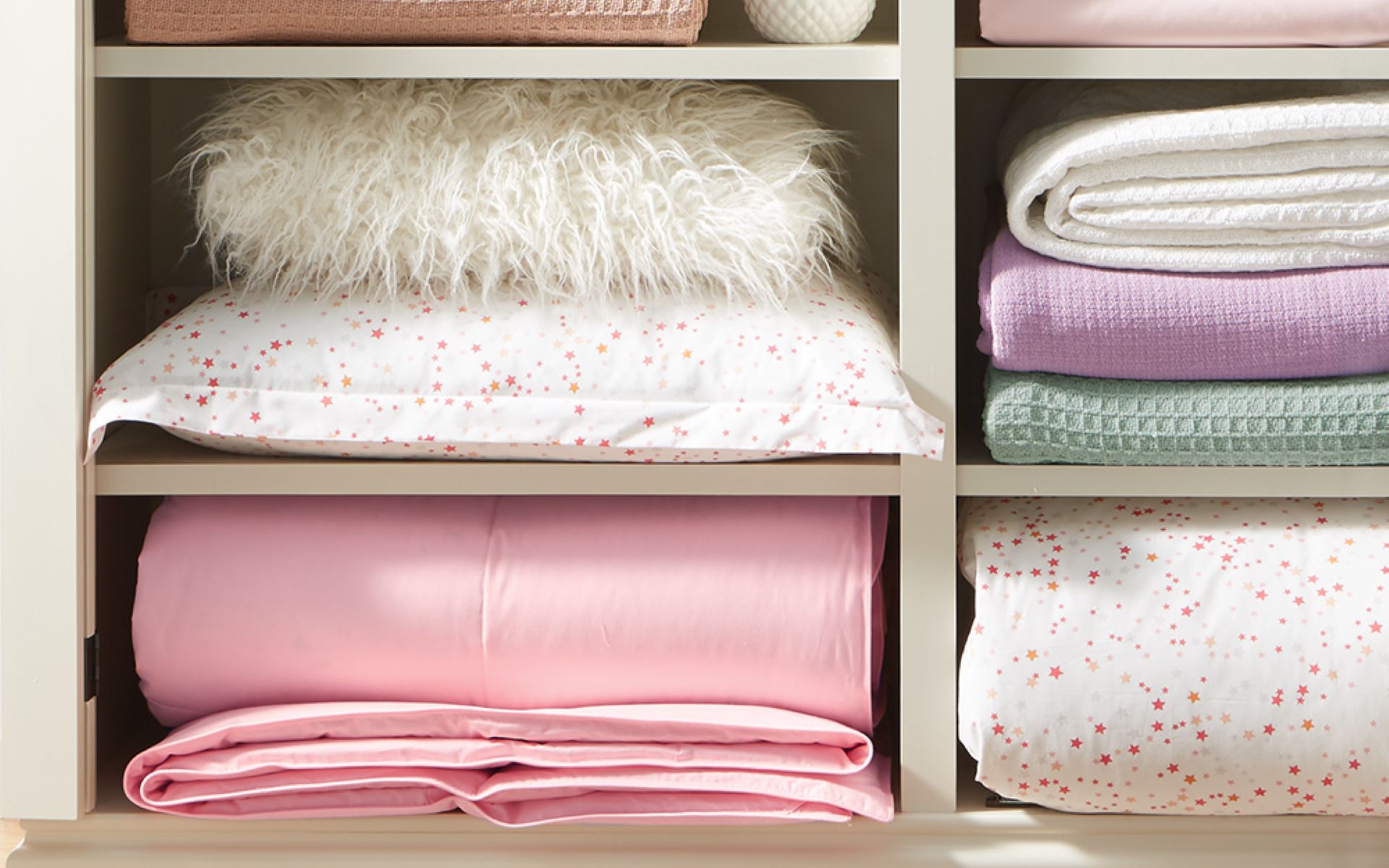
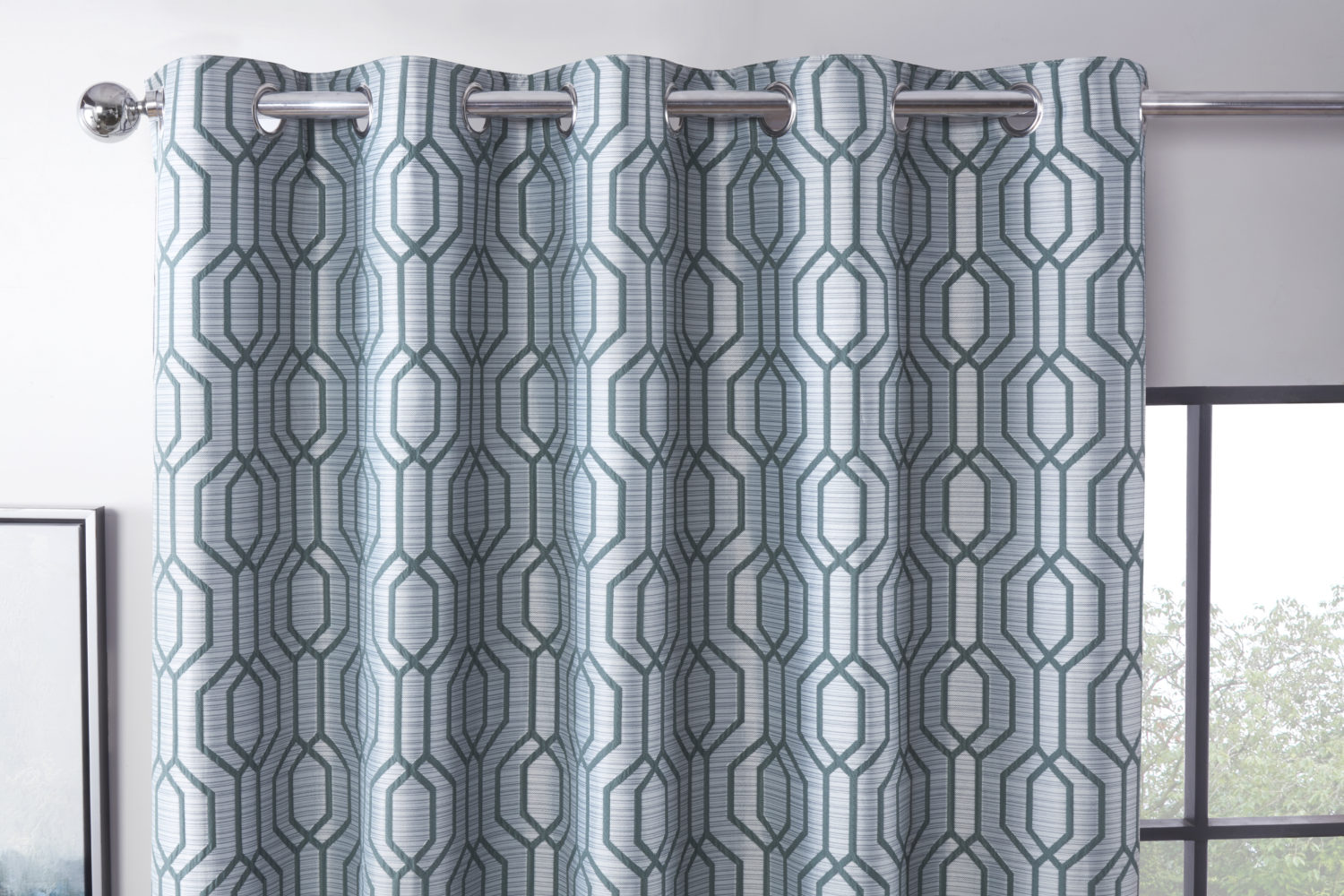
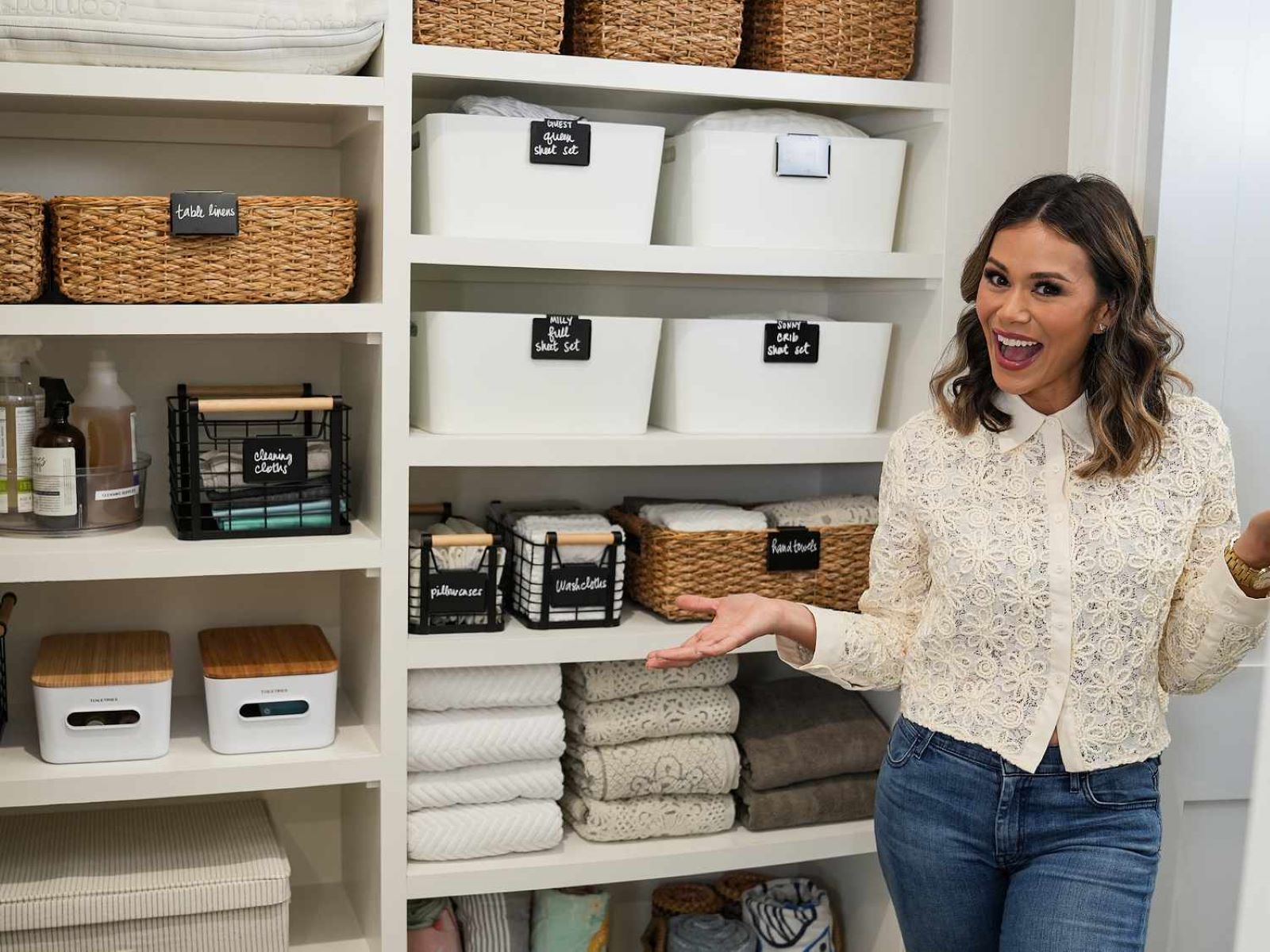
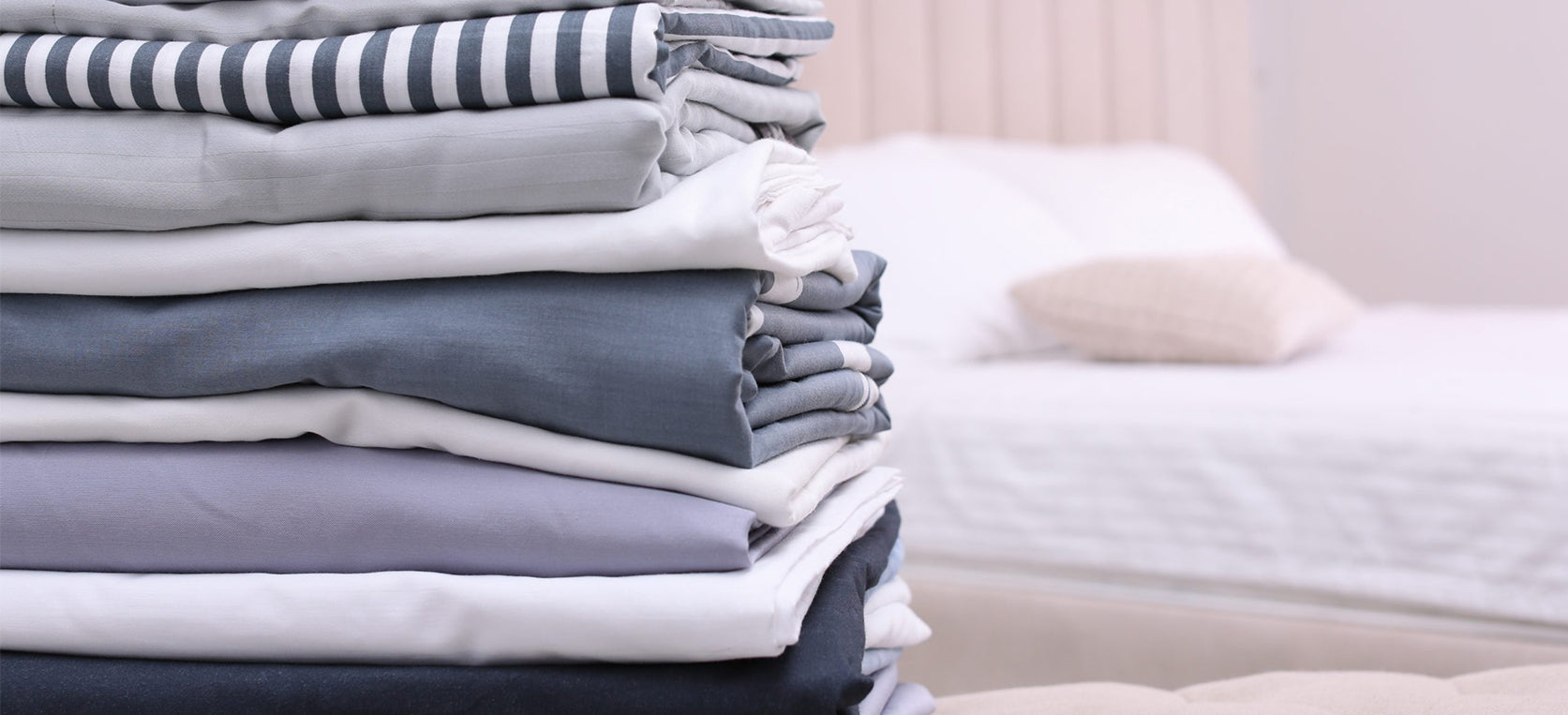
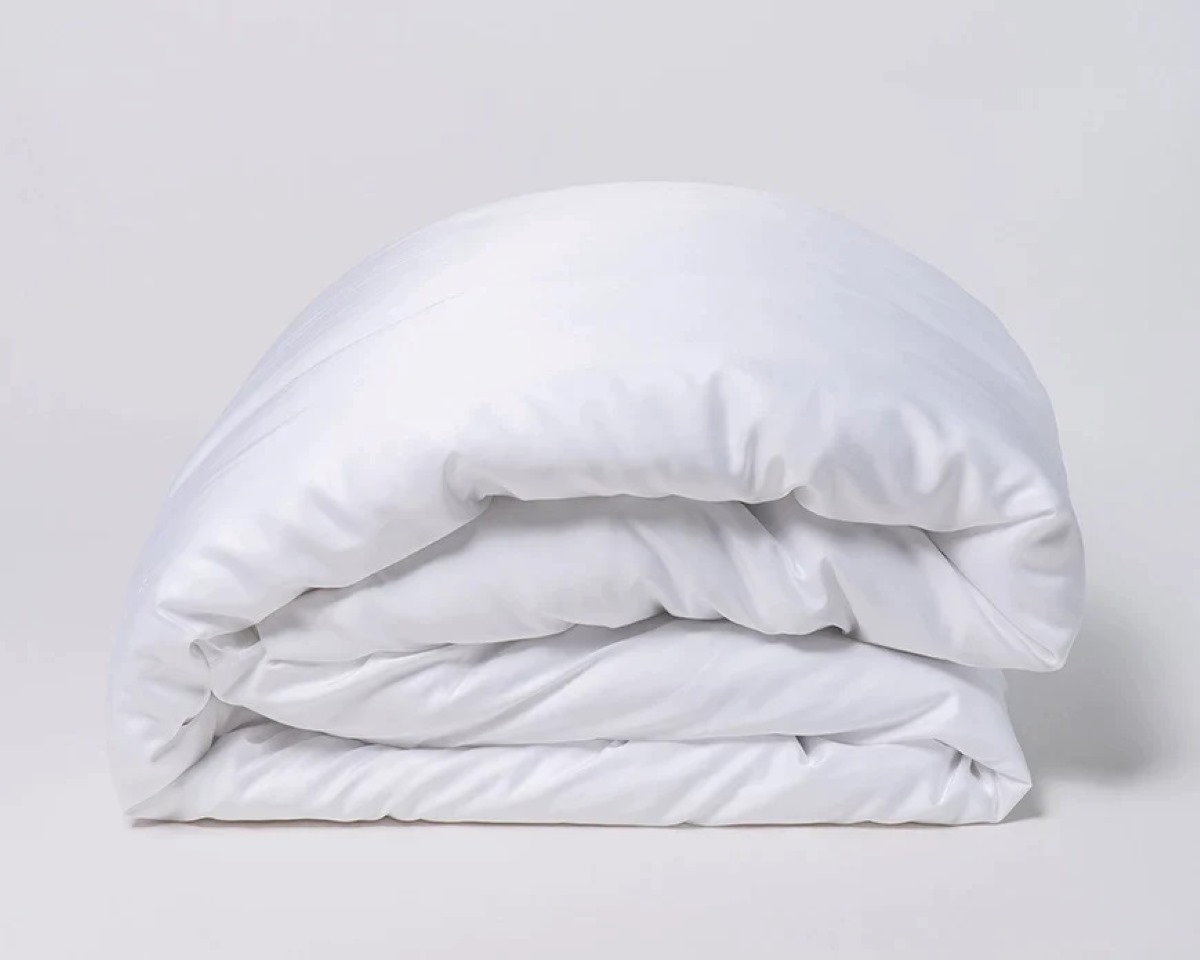
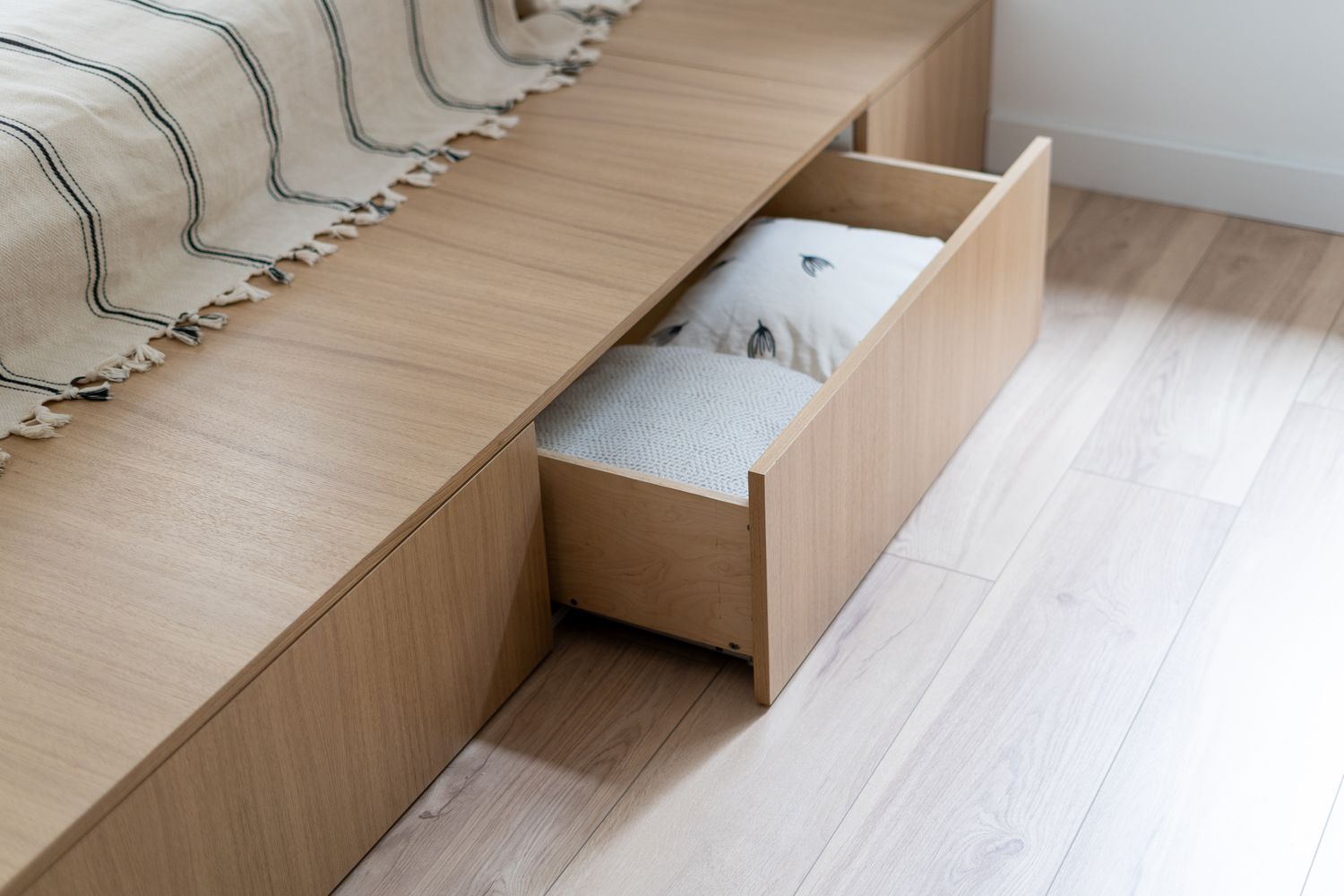
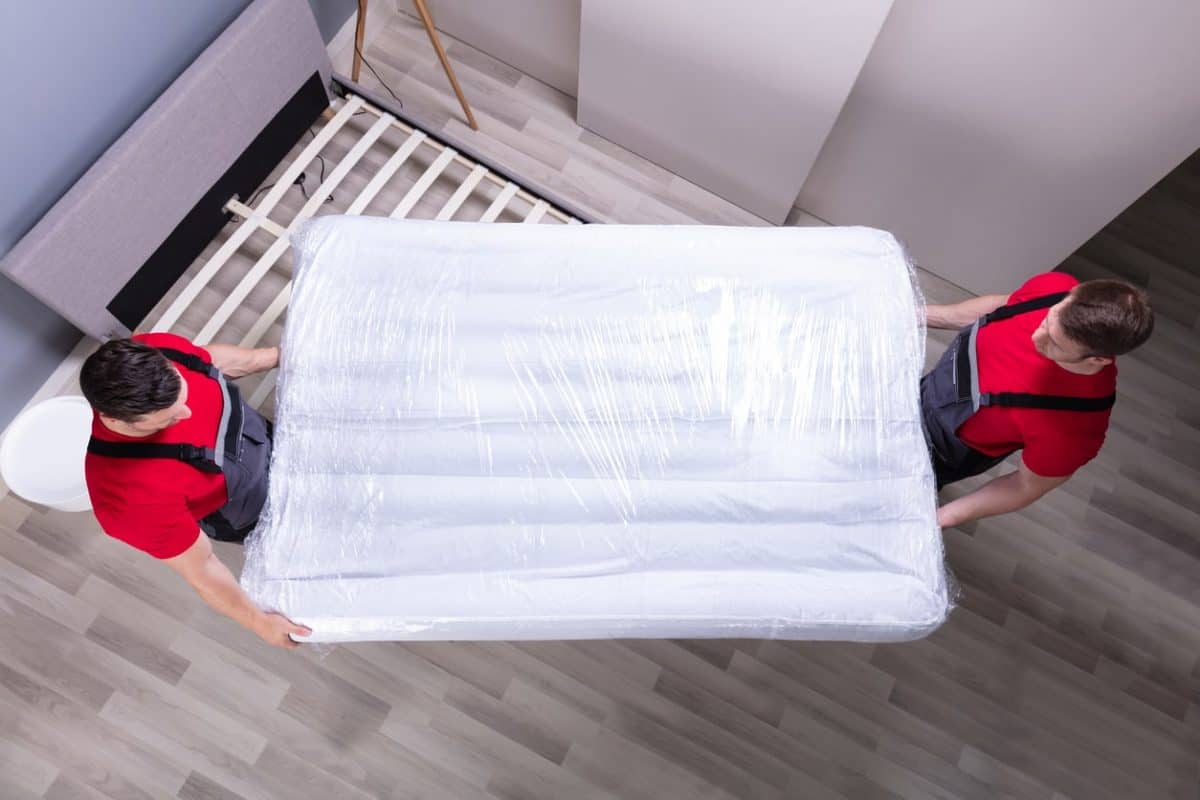
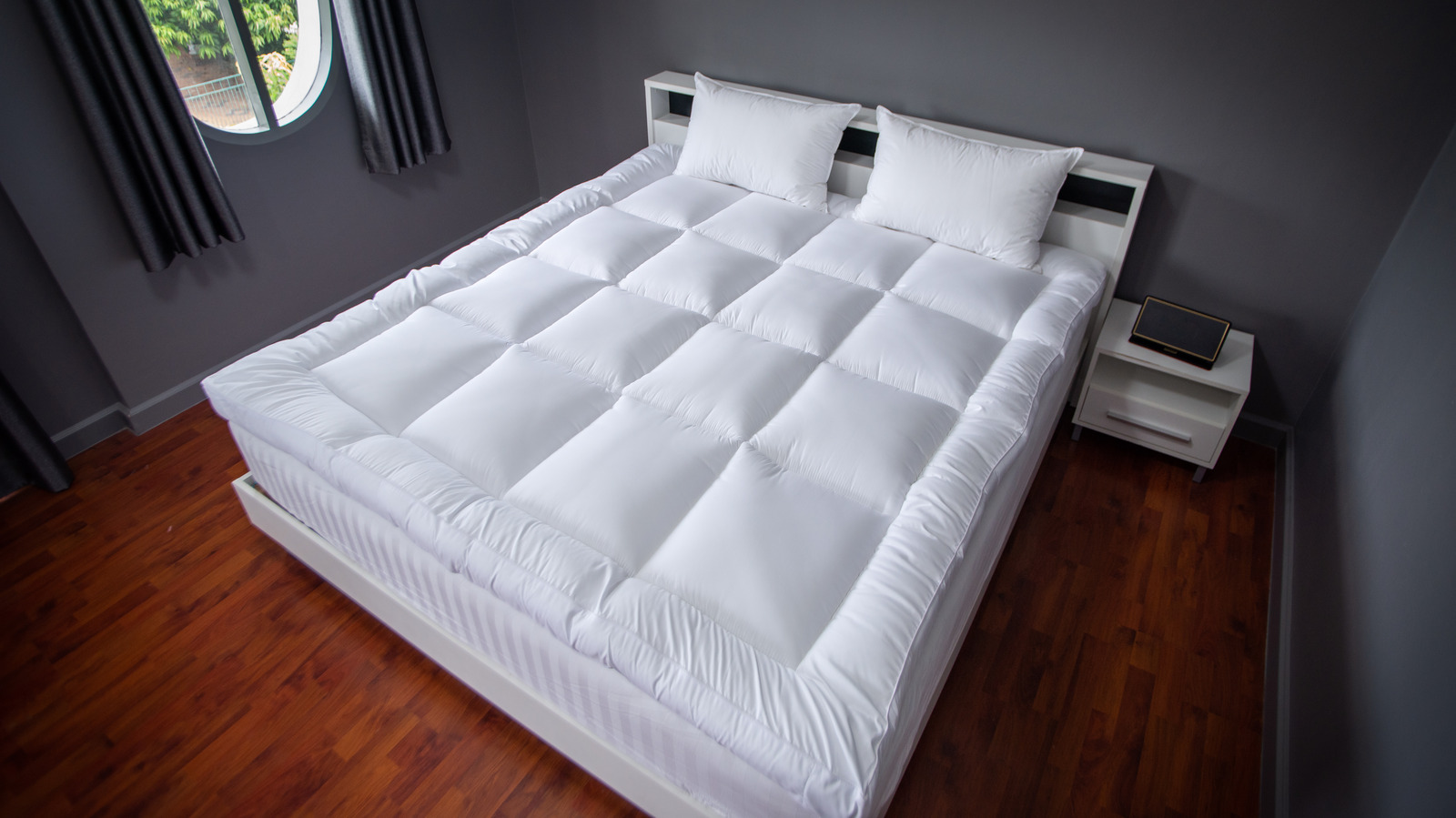

0 thoughts on “How To Store Table Linens”